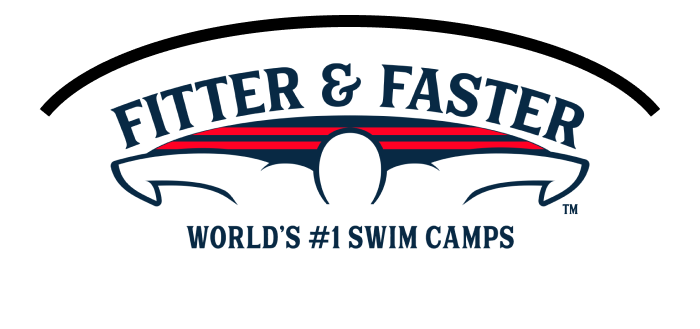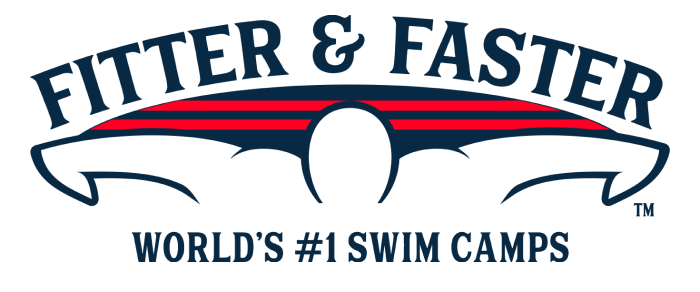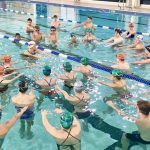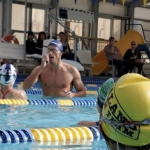Past Clinic: 2023 Atlanta, GA Swim Camp Series for Swimmers Ages 13 & Over
Sugarloaf
4850 Sugarloaf Pkwy,
Lawrenceville,
GA 30044
A description of what was covered at this past clinic is below the upcoming clinics.
Upcoming Swim Clinics and Camps
Within 250 miles of Lawrenceville, GA.
Past Clinic
Introduction
Fitter & Faster is returning to Atlanta, GA to produce a 2-day swim camp for swimmers ages 13 & over on December 27 & 28, 2023! We are also holding a special video filming and analysis session in December! If you are looking for the registration page for swimmers ages 10 to 12, Click here!
ELITE SPEED & POWER SWIM CAMP (Ages 13 & over)
-> DAY 1 (Wednesday, December 27): Generating Power
-> DAY 2 (Thursday, December 28): Creating & Maintaining Speed
VIDEO ANALYSIS
DECEMBER 27 (9AM - 12PM): Your swimmer has the opportunity to get the same video analysis of their stroke that the pros receive. Those who sign up for the swim camps can save on the video analysis with bundles! Click register now for pricing.
Click the “Curriculum Menu” below for details on the swim camp & video analysis.
-> Availability is limited to ensure the highest level learning experience.
-> SAVE when you purchase an “Entire Camp Bundle” for your swimmer.
Select a curriculum below
ELITE SPEED & POWER - December 27 & 28
Due to the advanced concepts covered in this camp, this camp is exclusively for swimmers ages 13 & older. Swimming fast requires good technique, efficiency, power, and a hard working athlete. Elite swimmers are always working on this. At the Elite Speed and Power Camp, participants will advance their skills that apply to fast swimming in every stroke. This camp will be led by Elite Clinicians: Atiba Wade & Ali Khalafalla!
- DAY 1: GENERATING POWER! (Dec 27): Developing power will help your swimmer be more efficient and stronger in the water! To strengthen swimming specific movements, the elite clinicians will work with participants on improving power in their strokes, using resistance training and dynamic warm-ups to their advantage.
- Gear to Bring with You: Please bring a t-shirt to swim in, your snorkel, paddles, fins and a pair of gym sneakers to this camp!
- Dynamic Warm-up: In order to go fast, you need to be warm! The clinicians will take participants through a combination of light cardio exercises and dynamic stretches to get the blood flowing to the muscles and loosen joints in preparation to SWIM FAST! Remember: Bring your Gym Shoes!
- Establishing Your Catch to Maximize Power in Your Stroke: The only way to generate maximum power in your stroke is by “holding” as much water as possible. That process begins with “your catch” at the top of every stroke. At this camp your clinicians will work with you to ensure you are grabbing onto and holding water throughout your stroke.
- Resistance Training: Resistance is an excellent method of building power - especially in the water. It also helps to expose areas within your technique that can be strengthened. The clinicians will take your swimmer through resistance training methods! Properly swimming with hand paddles and a T-shirt will add resistance and develop power! Remember: Bring a t-shirt to swim in and your hand paddles!
- DAY 2: CREATING & MAINTAINING SPEED (Dec 28): Your swimmer is going to learn how to swim at top speeds while continuing to leverage the powerful stroke that we worked on the day before! On Day 1, participants swam slower than they normally swim because of the resistance we added to establish a “powerful stroke”. Today is about swimming FASTER than you normally swim with assistance from fins and paddles.
- Gear to Bring with You: Please bring a t-shirt to swim in, your snorkel, paddles, fins and a pair of gym sneakers to this camp!
- "Overspeed Training": Practice how to swim with good technique at speeds faster than you’ll ever go in a race with the assistance of fins and paddles. We will utilize overspeed drills in and out of turns, in their breakouts and finishes. Remember: Bring your fins and hand paddles!
- Tempo: One way to increase efficiency is to take fewer strokes. Improving technique to decrease the number of strokes your swimmer takes will enable them to go further faster - that’s when times DROP!
- Maintaining Technique Through Fatigue: When swimmers get tired, their technique can break down. We are going to work with participants on how to handle fatigue. Competitive swimmers who focus on technique through fatigue in practice and in races reap the rewards of faster times.
- Speed Set: At the end of this session your swimmer will do a short and fast swim set to practice everything they have learned over the past two days.
VIDEO FILMING & ANALYSIS - December 27
Those who register for the video analysis will have their strokes filmed at strategic angles below the surface! After the filming their video will be analyzed with voice over and graphics on the actual video by an Elite Swim Coach. Since so much of the stroke happens below water – it is important to see what’s going on below the surface! Small adjustments to your stroke can lead to big time drops! This is your opportunity to get beautiful footage of your stroke and get analysis from an expert… and you can review with your coach as well! SCROLL TO THE BOTTOM OF THIS SECTION for a video of what to expect for your video filming & analysis!
- ANALYSIS: Our Fitter and Faster expert will use a video analysis application to record their comments on your technique. They will use slow motion, pause the video at specific points, and draw on the swimmer's video all while explaining where opportunities for improvement are. Each stroke will have approximately 3 to 5 minutes of expert commentary that you can review with your coaches at home!
- DRILL RECOMMENDATIONS: You will receive recommendations for drills to correct the technique of each swimmer.
- SIGN UP: Select to have one stroke filmed. Or, SAVE by choosing to have all four strokes filmed. The "multi-stroke options" are for individual swimmers and cannot be split.
- ARRIVING AT THE POOL (Retain your order number): You will receive an e-mail approximately one week before the filming session with the specific time for your swimmer to check in, warm up, and be filmed. Please retain your order number - this is how swimmers will be identified on that schedule. When you arrive at the pool, you will be greeted by Fitter & Faster staff who will provide you instructions on the filming process.
- WARM UP: Participants will have an opportunity to warm up before filming.
- FILMING: Our camera operator will have you swim two 25s at a strong pace of each stroke purchased (1 stroke or all 4 strokes). The filming of each stroke will take about three minutes. The video will capture a side angle and a front angle below the water to get an accurate view of your technique.
- SESSION LEGNTH: Depending on the number of strokes you are getting recorded, your session time will run between 5 and 15 minutes.
- TIMELINE: All videos will be analyzed and returned within 14 days of the camp. The analyzed videos along with the original video will be sent via email for you to keep!
SESSION START TIMES FOR ELITE SPEED & POWER SWIM CAMP
- Days 1 & 2: Check in 3:45 PM, Camp 4-7 PM
- Depending on the number of strokes you are getting recorded, your session time will run between 5 and 15 minutes
- You will receive an email a week before the filming session with the specific time for your swimmer to check in, warm up, and be filmed.
- Swimmer's scheduled time will be between 9AM - 12 PM.
- Elite Video Filming & Analysis is for ALL swimmers ages 8 & Over, including adults!
ASK QUESTIONS
Swimmers and parents are invited to ask the clinicians questions during a Q&A session. Gain insight into their training regimen, diet and nutrition, and recovery tactics.
WATCH THE CLINICIANS
Observe clinicians swim at full speed and demonstrate a progression of perfectly executed drills to achieve powerful, efficient and fast swimming.
PUT YOUR SKILLS TO THE TEST
Swimmers will get to practice what they've learned by taking their stroke to your top speed with some of the best swimmers and coaches in the world! They'll work on holding onto their form while challenging themselves.
Take a photo, get autographs, and chat with your clinicians!
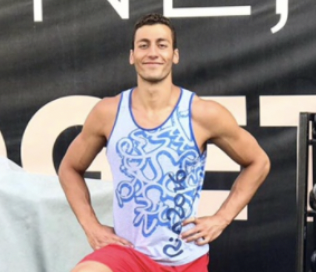
Ali Khalafalla
Ali Khalafalla is a Sprint Freestyler from Egypt who is a two-time Olympian. Swimming at both Rio de Janeiro and the most recent games in Tokyo, Ali has a strong understanding of adversity and determination in the sport. Ali is a passionate swimmer who believes in “Do what you love, and love what you do” in simplicity. He is excited to teach young swimmers the power of following their dreams and enjoying the ride of the process.
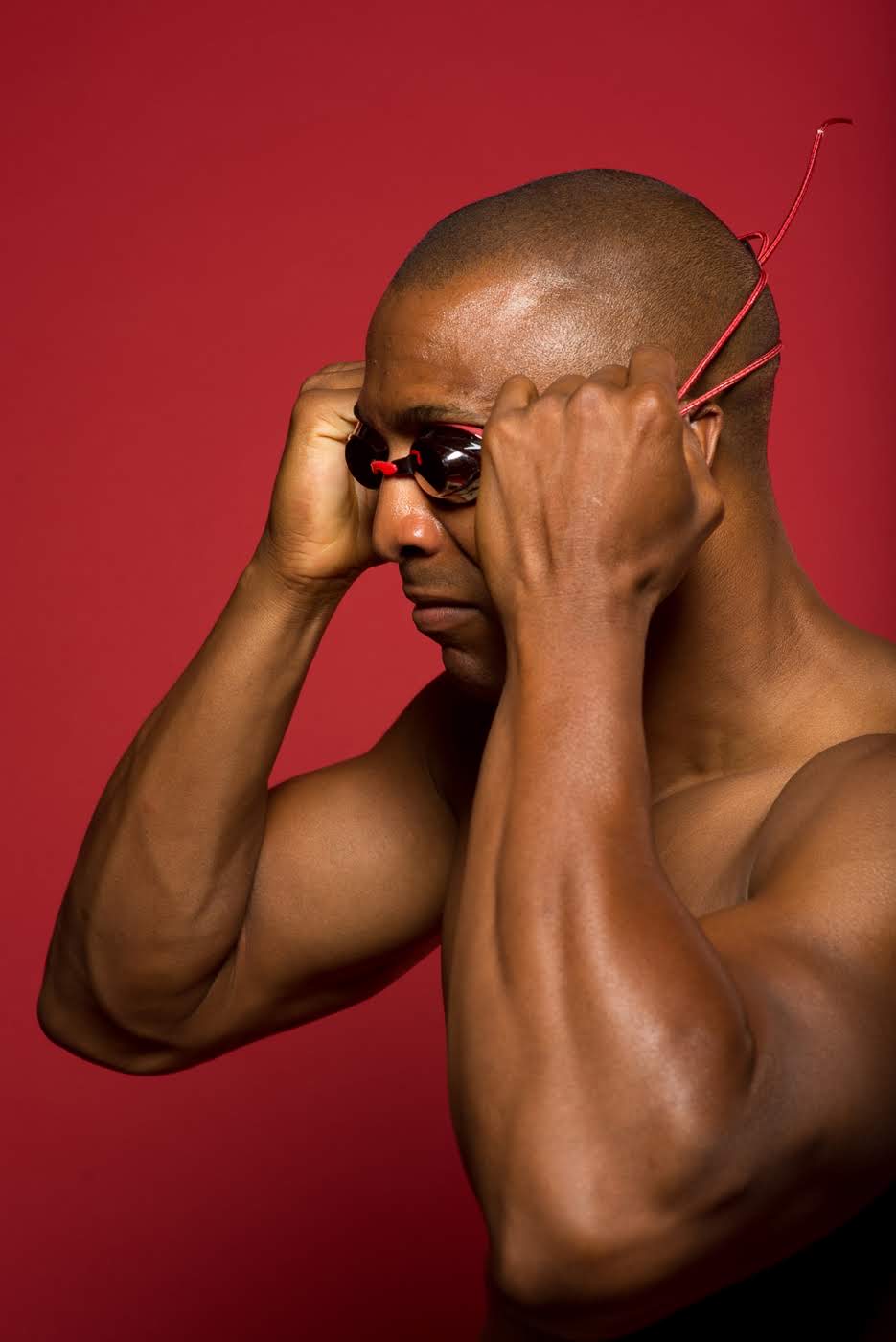
Atiba Wade
Atiba Wade is a strength and conditioning coach who creates programs designed for swimmer specific and athletically focused exercises that meet the demands of a competitive aquatic environment. Atiba was also a 2x Olympic Trials Qualifier and a University of Georgia All American Swimmer! Sign up for a clinic with Atiba and improve your fitness and swimming technique while challenging yourself and having fun!
Inquisitive, Educated Swimmers are Faster Swimmers! Sign up today!
Search all of our clinics...or request a clinic in your area


